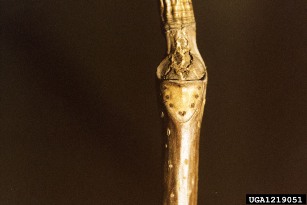Classification

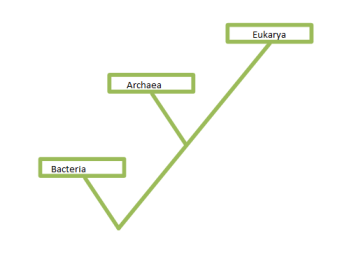 DOMAIN- Eukarya
DOMAIN- Eukarya
The horse chestnut belongs to the domain Eukarya because of
its evolutionary and morphological relationships with other
Eukaryotes. The other two domains are the Bacteria and the Archaea, both defined as prokaryotic. In comparison to
Prokaryotes, each defining cell in a eukaryotic organism
contains membrane bound organelles, such as the
mitochondria
andchloroplasts. The chromosomes of this
plant are many and are linear instead of single and circular.
Also, the cellulose in the cell walls of this plant is
distinguished from the Bacteria and Archaea cell walls.
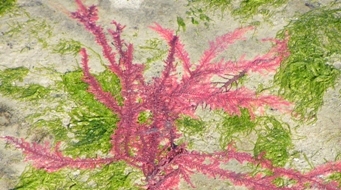 SUPERGROUP-
Archeaplastida
SUPERGROUP-
Archeaplastida
The main characteristic that all members of the
Archeaplastida share is their primary method of obtaining
nutrients, photosynthesis. However, by no means are the
Archeaplastida the only organisms with this ability.
Organisms within this supergroup vary in size, reproduction
methods, color, shape, and habitat. Other than the land
plants, this phylogenetic group contains the red algae and the
green algae.
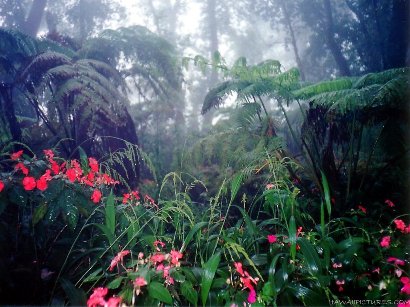 KINGDOM-
Plantae
KINGDOM-
Plantae
The horse chestnut and all of the other members of this
kingdom share a common ancestor. This ancestor is thought
to have closely resembled a group of green algae coined the Charophytes. One major piece of evidence that points to
this conclusion is the pigments found within Charophytes.
Out of all protists, only the green algae contains chlorophyll
a, chlorophyll b, and carotenoids; the pigments contained by
most plants. As far as reproduction is concerned, this
group of green algae and plants both exhibit alternation of
generations. These two groups of organisms also share
similar cell walls, peroxisomes, and rRNA sequencing data.
For another ortanism in the Plant Kingdom visit
Maryam Alhumaidi.
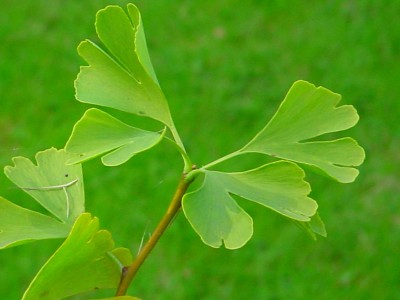 SUBKINGDOM-
Tracheobionta
SUBKINGDOM-
Tracheobionta
The Tracheobionta is a super division that contains all
vascular plants, including the horse chestnut. Vascular
plants contain specialized transport vessels that move water,
nutrients, and sugars throughout the plant. This super
division also includes all of the flowering plants, the
conifers, the ginkgos, the cycads, and a group called the
Gnetophyta. Some examples of plants that lack this
vascular tissue are true mosses, liverworts, hornworts, club
mosses, and ferns.
SUPERDIVISION- Spermatophyta
This division encompasses all vascular plants which also
produce true seeds. These seeds contain an
embryo, stored
food, and a protective seed coat. This evolutionary step
gave plants of this division a large advantage over the spores
of non-seed plants. The embryo gains immense protection
from the seed coat and the stored food allows for better chance
of survival. Consequently with the development of the
seed, all members of the Spermatophyta are heterosporous.
This means that they have both a male and female gametophyte to
independently produce sperm and eggs.
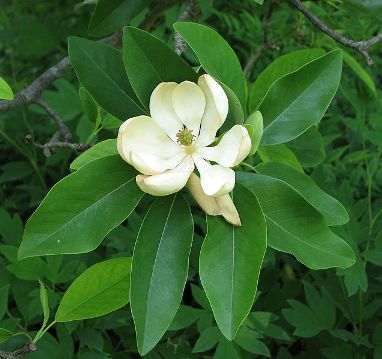 PHYLUM- Magnoliophyta
PHYLUM- Magnoliophyta
Sometimes known as Angiosperms, this phylum includes
flowering plants. The major defining characteristic of
this phylogenetic group is its distinct reproduction. As
breifly mentioned, all organisms within this phylum have a
specialized method for transferring pollen called flowers.
These are aesthetically modified leaves which aid in pollen
transfer and reproduction in general. Fruits are also very
common in this group as they help to protect the seeds and
embryos. The horse chestnuts spiny fruit is a great
example of providing intense protection of the embryo.
Also in the reproduction of these organisms, two sperm cells
unite with the 2 polar nuclei in the female
gametophyte.
This is the only phylum of plants which contain the process just
explained termed double fertilization.
 CLASS- Magnoliopsida
CLASS- Magnoliopsida
The phylum Magnoliophyta is split into three classes,
Magniolopsida (or eudicotyledones), Liliopsida (or
monocodyledones) and Magnoliids. The terms listed in
parenthesis come from the number of cotyledons in the seeds.
Monocodyledones only have one and eudicotyledones have two.
If the seed is not available for examination there are luckily
many obvious distinguishing factors between these two classes.
Eudicotyledones like the horse chestnut have flower groups in
multiples of 4/5s, secondary growth, vascular bundles in a ring
formation, and net-shaped leaf venation. Monocodyledones
on the other hand have flower groups in multiples of 3s, no
secondary growth, randomly placed vascular bundles, and parallel
leaf venation. To read about another organisms that is
part of this class visit
Passion Fruit.
ORDER- Sapindales
The stereotypical organism in this order would be a woody
plant with compound leaves and dioecious flowers. Other
families in this order are Rutaceae, Meliaceae, Simarougaceae,
Anacardiaceae, Burseraceae, Kiracaea, Aceraceae,
Biebersteiniaceae, and Nitrariaceae. The grouping together
of these seemingly very diverse families was completed through
the use of DNA data, morphological characteristics and
chemistry. Even so, there is still dispute on the
organisms that should be included in this order.
FAMILY- Hippocastanaceae
There is little dispute as to whether the Aesculus
hippocastanum should belong to this family however as it is
often referred to simply as the horse chestnuts. This
family consists of deciduous trees with palmately compound
leaves and an inflorescence. An inflorescence is a cluster
of flowers that come directly from the stem of the plant.
This, in a large part is what allows for such aesthetic looking
trees.
 GENUS- Aesculus
GENUS- Aesculus
This family consists of deciduous trees and shrubs that exist
all throughout the Northern Hemisphere. This genus only
includes nineteen species in total but have been cultivated at
large for medicinal purposes. Outside of these nineteen
species there are 8 documented official hybrids within this
genus. There are two main types of these trees and shrubs;
the species native to North America and the species native to
Eurasia. The common names of most of the other members of
this genus are the texas buckeye, the california buckeye, the
chinese horse chestnut, wilson's horse chestnut, the yellow
buckeye, the ohio buckeye, the indian horse chestnut, the dwarf
buckeye, the bottebrush buckeye, the red buckeye, the painted
buckeye, and the japenese horse chestnut.
SPECIES- Aesculus hippocastanum
The prefix hippo- appropriately translates from the Greek
to mean "horse." The reason this tree is named after the horse
is a topic of debate, but a common explanation is shown in the
cover photo above. The leaf scar on the horse
chestnut tree
very closely resembles a horseshoe. The end of the species
name, -castanum , is a reference to its close resemblance to
true chestnut trees, members of the genus Castanea.
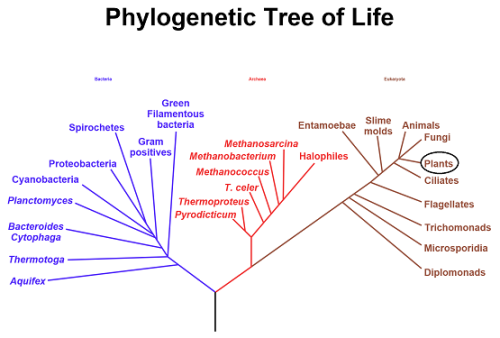 The
phylogenetic tree above portrays the relationships between the
species within the Aesculus genus. This image was
recreated by me from a report published in the Jornal of
Systematics and Evolution titled "Estimating ancestral
distributions of lineages with uncertain sister groups; a
statistical approach to Dispersal-Vicariance Analysis and a case
using Aesculus (Sapindaceae) including fossils."
This specific tree was created using "phylogenetic analysis" of
the extant species and wild card fossils and their distribution.
Following is an additional phylogenetic tree showing the
relationship between plants and other organisms. This tree
was created based on RNA data and was compiled by Carl Woese.
Many of these relationships are debated, but this offers an
overall review of what some genetic evidence suggests.
The
phylogenetic tree above portrays the relationships between the
species within the Aesculus genus. This image was
recreated by me from a report published in the Jornal of
Systematics and Evolution titled "Estimating ancestral
distributions of lineages with uncertain sister groups; a
statistical approach to Dispersal-Vicariance Analysis and a case
using Aesculus (Sapindaceae) including fossils."
This specific tree was created using "phylogenetic analysis" of
the extant species and wild card fossils and their distribution.
Following is an additional phylogenetic tree showing the
relationship between plants and other organisms. This tree
was created based on RNA data and was compiled by Carl Woese.
Many of these relationships are debated, but this offers an
overall review of what some genetic evidence suggests.
If you would like to explore the phylogenies of other organisms
visit
Beluga sturgeon and
Litchi chinensis!
